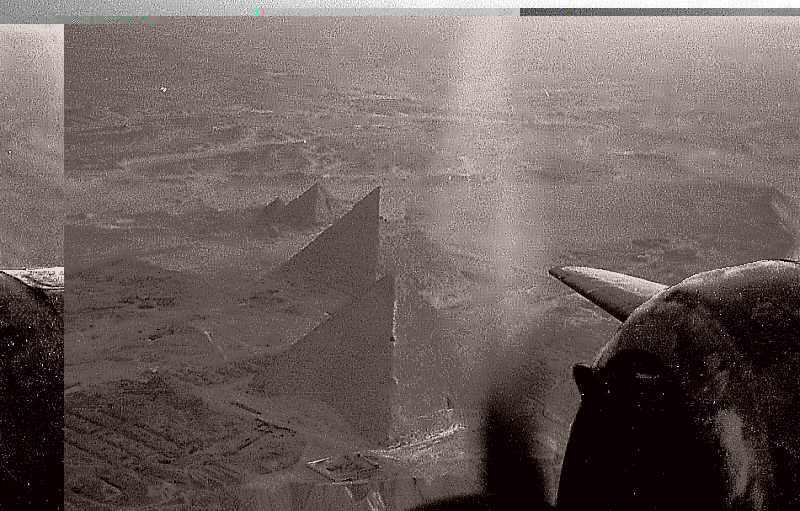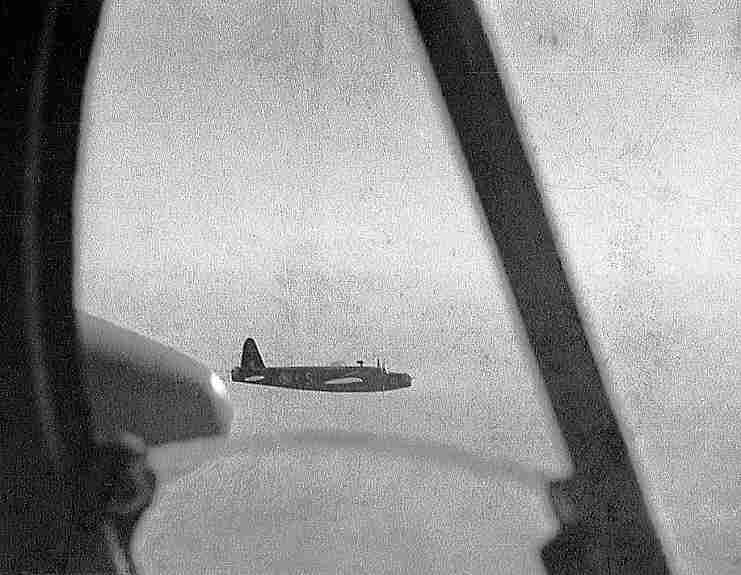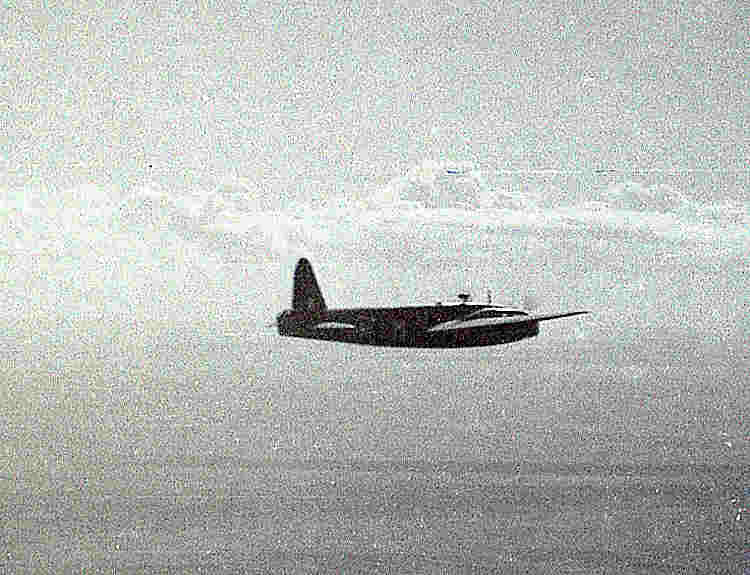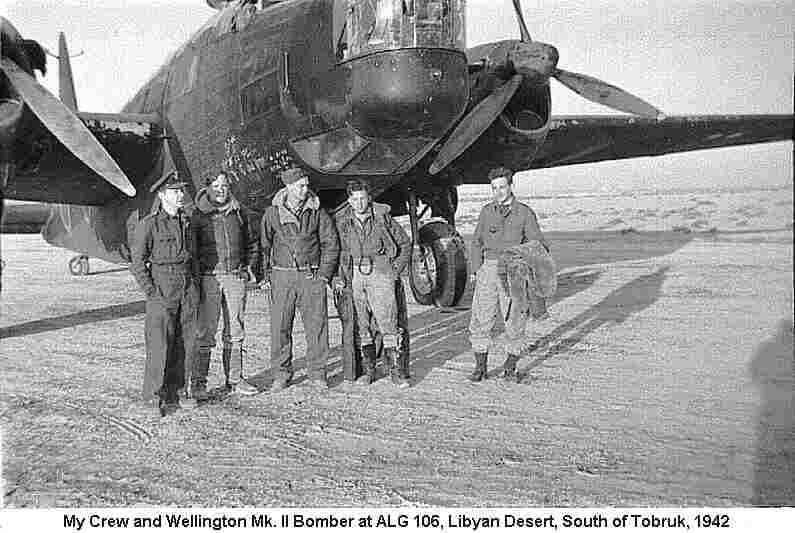Return
to Menu
North Africa
Malta
should not be regarded as a sit tight & take it area of the War. She could
also dish it out.........
Malta has been an island of special
strategic significance since man put warships onto the sea & WW II was no
different. Rommel knew that he could not win in Libya & take the oil fields
in the east unless Malta was neutralised. Why?
Rommel
depended on supplies of fuel ammunition & food from Europe. The Axis partner
Italy was nearest but this meant passing within range of bases on Malta whose
forces would sink supply vessels. Malta had to be taken to secure a safe supply
route to enable Rommel to gain access to the vast oil fields of the Middle East.
I
set this section up as Bill White sent me some photos taken on an airstrip near
Tobruk. This was a key point to capture for both sides as it was a strategic harbour
vital in the supply of troops/tanks. Control of this port was hotly fought over
& control of it changed hands after desperate battles.
The British 8th
Army (or Desert Rats) under the command of General (later Fieldmarshall) Montgomery
finally gained the upper hand in an immense barrage to retake the port of Tobruk
for the final time.
This is not intended as a history of this campaign. I
put this section in as Malta played a great part in stopping materials getting
to Rommels Africa Korps & also attacking his army in North Africa.
The following photos were sent by Bill White with this
information:-
In the period 1941-43 there were practically
no operational sorties from Malta to North Africa, Malta was being pounded non
stop, night and day, by German bombers and fighters, so it was just about impossible
to establish a bomber station there, here is a small example:- on the 20th of
April 1941, along with 2 other Wellingtons and crews, we flew from Kasferit
to advanced Base 106, which was about 10 miles south of Tobruk, then at dusk
we set off for Luqa, Malta, the following night we bombed Comiso, in Sicily,
we landed back at Malta as it was getting light, and as we were being driven
to our accommodation, (which was in a hospital for lepers) we saw our aircraft
being destroyed by bombs, we waited 5 days and then commandeered a Wellington
which was being ferried from UK to Egypt .
The Maltese people hated the Germans so much that on a couple of occasions when
aircraft were shot down and the crews bailed out, the Maltese got there first
and physically tore them to pieces alive, they carried away arms and legs and
displayed them triumphantly in the streets.
Here's the other nicer part of war and front line people, at this time the front
in North Africa was very fluid, on one occasion on our way back from Bombing
Benghazi, we received a Radio message that ALG 106 had been overrun, and to
go straight back to the Canal Zone, which we did with scarcely any fuel left,
and of course all our kit was lost at ALG 106, about six months later a German
Army lorry, approached a British army unit flying a white flag, they apologised
for the delay and handed over all of our kit bags, the Army gave them a meal
and sent them on their way with a pat on the back, our kit bags hadn't even
been opened, so it's not all bad.
|

Fantastic
photo of starboard wing & engine over the Great Pyramids.
Photo
courtesy of Bill White |

Taken
over the port wing of a Wellington (Wimpy) bomber on a mission over North Africa.
Photo
courtesy of Bill White |
|

Wimpey
over North Africa.
Photo courtesy of Bill White |

Bill
White sent this photo in. The caption reads:-
'My crew & Wellington Mk
II bomber at ALG 106 Libyan Desert, south of Tobruk 1942.
I came across your web site whilst surfing, I flew Wellingtons on 149
Squadron at Kabrit, in the Canal Zone of Egypt and thought the attached
photo might be of interest, it was taken at advanced landing ground
106 just south of Tobruk,
|
Air Raid on Tymbaki,
Crete 1942
Bill White
On the night of 23rd March 1942 the Wellington Bombers
of 148 Squadron, stationed at Kabrit, on the shores of the great Bitter Lake,
in the Canal Zone Egypt, were directed to bomb a German base on one of the Greek
Islands.
Myself and crew were flying the only Wellington Mark 2 aircraft which had the
more powerful Rolls Royce Merlin Engines to enable it to carry a single 4,000
Pound Bomb, however the bomb was so large that the bomb doors had to be removed,
and the bomb stuck out into the airflow, this upset the aerodynamics of the
aircraft, slowed us down, and reduced our range, we were therefore unable to
reach the Greek Islands, and were ordered instead to go alone to Tymbaki, near
the south coast of Crete, where the Germans were thought to be building a new
airfield.
On reaching the target area, we were unable to make out anything which might
be a large construction area, and were puzzled at the lack of any enemy anti
aircraft fire. Not wishing to waste our bomb, we made several runs, and eventually
we dropped the bomb on a cleared area with what looked like temporary buildings
on it, then returned to our advanced landing ground in the desert about 15 miles
south of Tobruk, as we were unable to reach Kabrit with the remaining fuel.
About a month later we were called to the briefing room, at our base, Kabrit,
there an army Captain Intelligence Officer told us how on that night he had
been keeping watch from a nearby hill top, at Tymbaki, to assess the progress
the Germans were making with building an airfield, when he heard a lone aicraft
come over, heard us make several runs across then drop a single bomb dead in
the middle of the Germans accommodation camp, just about wiping out everything,
and everybody, he was most impressed, what also impressed him was the fact that
he had only conveyed the information about the building of the airfield 3 days
before. It is very rare to get such first hand eyewitness accounts of individual
bombing results.



